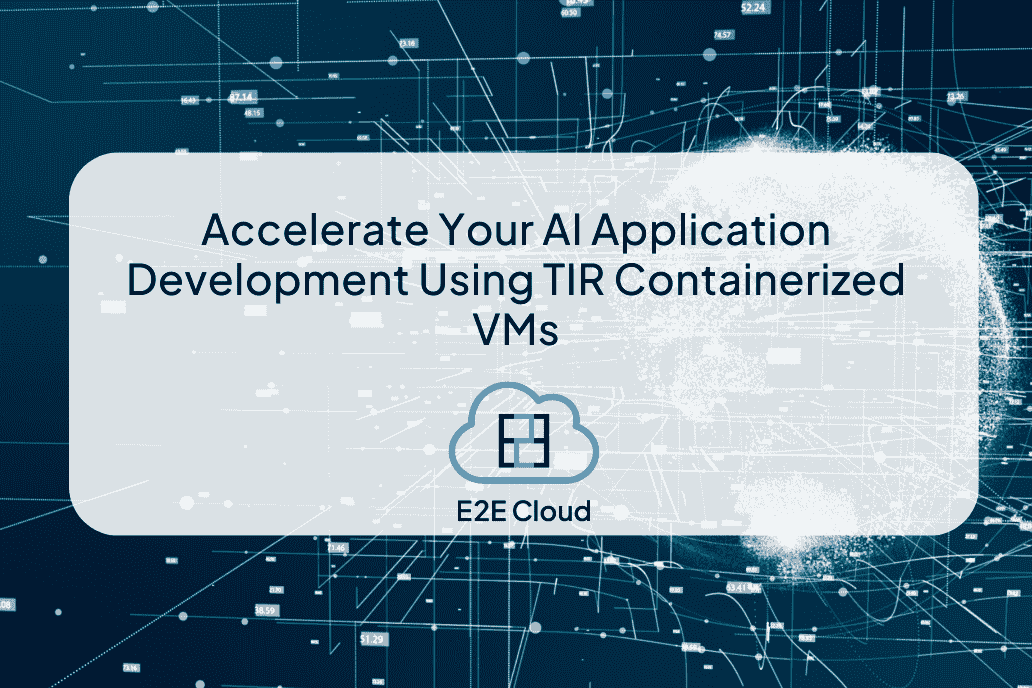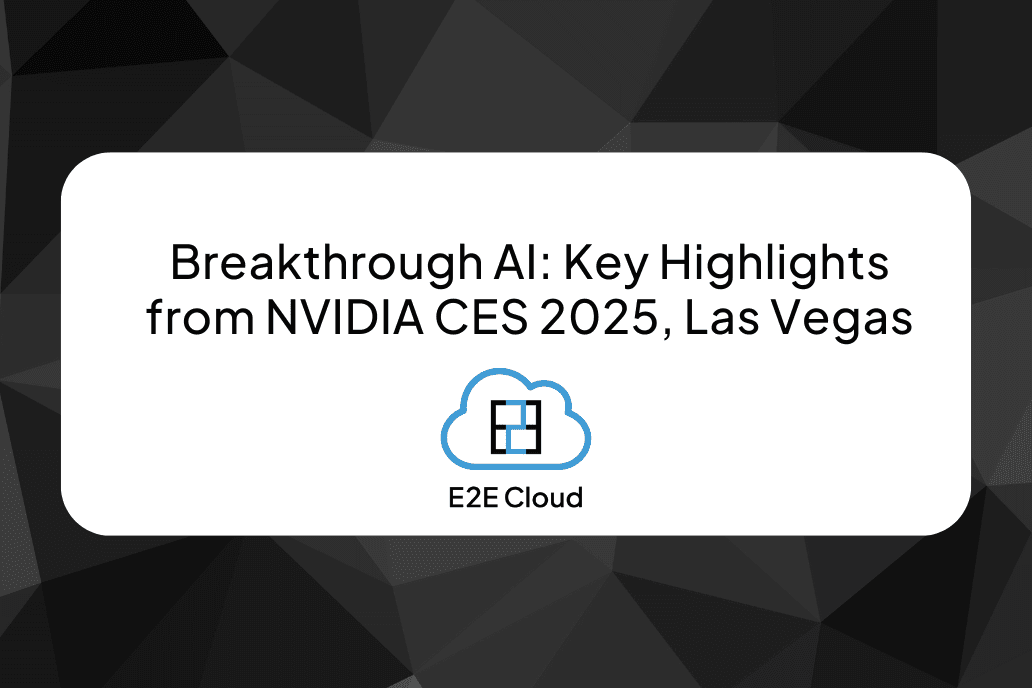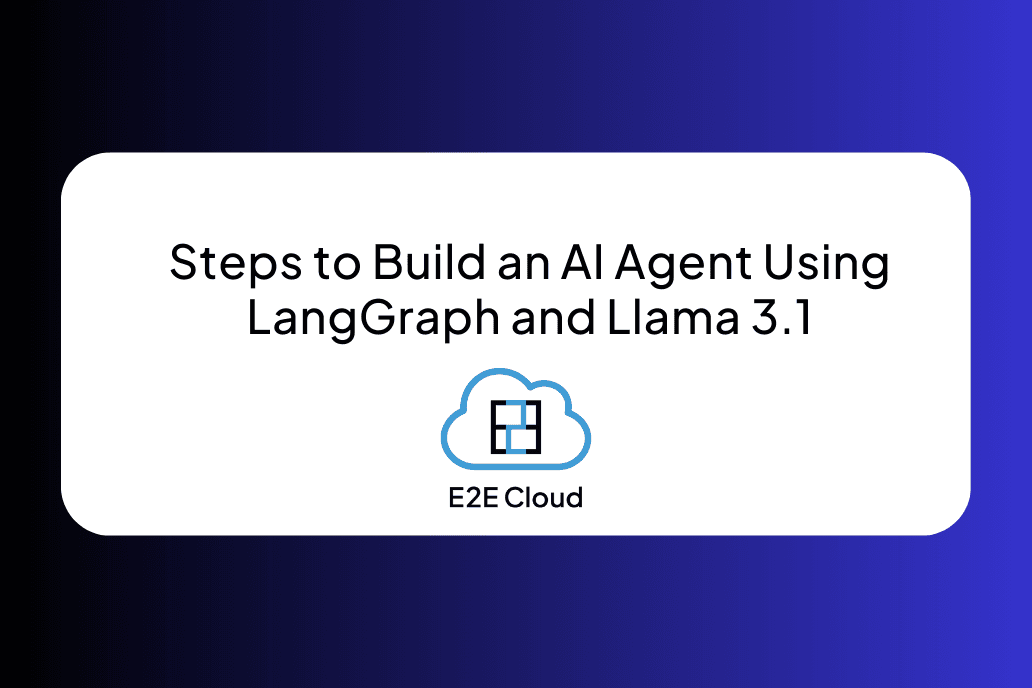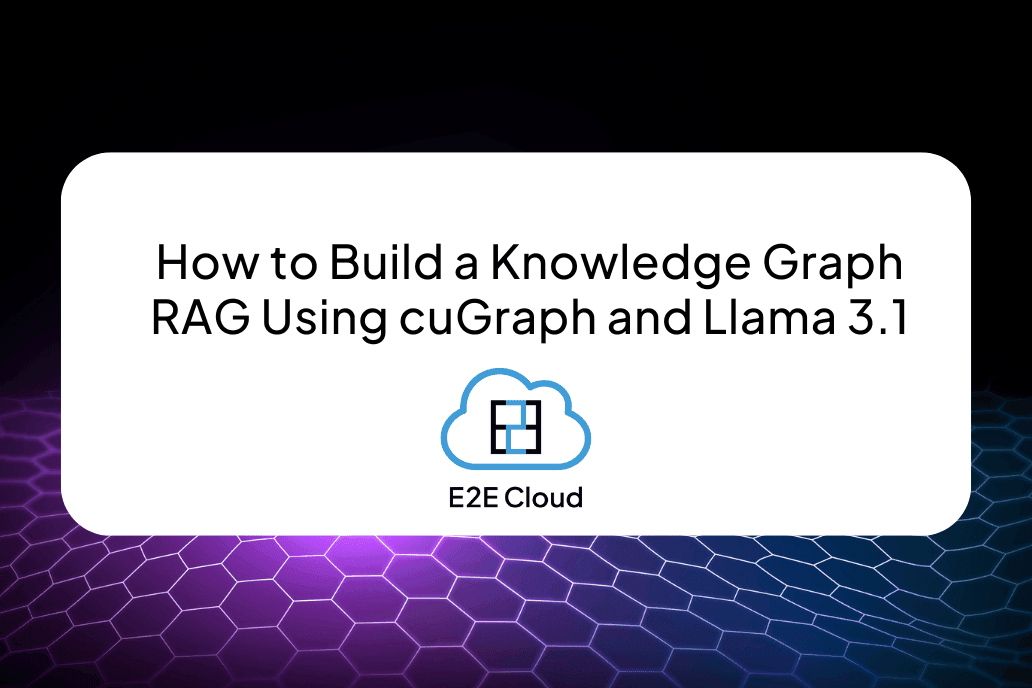With the rise in computing workload, the need for higher computing is also on the rise. The first thing that comes to consideration is enhancing CPU capability. CPUs generally handle every computer processing function and are mostly used for data parsing through or solving complex logic in code. CPUs are capable of solving many complex mathematical operations and aid in managing all of the I/O of the computer's components. All the other operations drain the processing memory leading to the slow functioning of the CPU.
GPUs are designed to execute functionalities that are less complicated and perform many mathematical operations extremely quicker, which enables time-sensitive calculations, producing and displaying 3D graphics. While GPU consists of thousands of processing cores, they are specially designed to enhance efficiency during the basic mathematical operations performed during video rendering. Clearly, a GPU is an extension of a CPU designed to perform specific functionality: to execute the computation power required for video display.
GPUs execute and process much simpler operations than CPUs, while they are capable of running more operations in parallel. This creates operations and workload to be distributed, making GPUs faster than CPUs in executing mathematical operations. As the computational power is higher, GPU makes it available and best for usage in a wide range of engineering and scientific projects, such as Machine Learning (ML) and Artificial Intelligence (AI) applications.
Following factors are considered before choosing the GPU server for machine learning -
- Dataset size - Larger the dataset greater effectiveness of ML is achieved.
- Memory bandwidth - GPUs have VRAM embedded, providing greater power.
- Task optimization - a drawback of GPUs is, optimization of long time tasks in individual tasks are very much more difficult than with CPUs.
GPU for Machine Learning
Earlier, the processing power was based on the number of CPUs and CPU cores. Ever since advances in machine learning took place, there has been a change in CPU to GPU computing. ML is one of the AI techniques that utilize algorithms to train from data and produce patterns, making trained computers to make decisions without human interaction.
A whole lot of CPU can be used to complete the required computational task. This is not cost-effective as CPUs execute functions sequentially, while GPUs run parallel. This makes it very efficient and cost-effective to run the ML workload with GPU. Example Nvidia tesla T4 is one of the powerful GPUs has around 2560 cores making it one of the best-chosen GPU for ML application.
E2E GPU cloud servers reduced the price of NVIDIA GPUs, making ML acceleration more affordable. Some of the new features of recent generation GPUs are likely, NVIDIA T4, V100 and A100. Features like Tensor Cores and 16-bit (half-precision) arithmetics, provide significant performance enhancement and save cost to ML projects; ML affordability is enhanced with these functions.
Half-precision (16-bit float)
Half-precision floating-point format (FP16) is made of 16 bits as opposed to 32 bits for single-precision (FP32). Storage of FP16 data minimizes the neural network’s memory, which creates room for training and deployment on larger networks and higher data transfers compared between FP32 and FP64. Processing time of ML workloads are sensitive to program memory and/or arithmetic bandwidth. Half-precision cuts the load by half with the number of bytes accessed, minimizing the processing time in memory-limited layers. Reducing the program memory aids to training larger models or training with larger mini-batches.
Automatic mixed-precision mode in TensorFlow
Mixed precision utilizes both the FP16 and FP32 data types used to train a model. Mixed-precision training provides significant graphical speedup involving functions of operations with the half-precision format to store in higher minimal information with single precision in order to store higher information in critical parts of the network. Mixed-precision ML training gradually creates the same accuracy as single-precision training utilizing the same hyper-parameters.
NVIDIA A100 and NVIDIA V100 GPUs embed Tensor Cores, which uprise many types of FP16 matrix math, which enable for easier and faster mixed-precision computation. NVIDIA enriched automatic mixed-precision functionalities to TensorFlow.
Conclusion
Model training in machine learning and executing based on GPUs is more affordable. Lower core, Tensor Cores and mixed-precision, enhances ML capability for training and prediction compared to old GPUs. Based on the result, now you can improve ML workloads much faster, reducing both time and money. To utilize the full power and capabilities of GPU with reduced costs, scientists recommends the following rules:
- For short-duration jobs ( say under 20 minutes), it's recommended to use T4, because they are available cheapest per hour.
- In the case of smaller models (shorter layers, low number of parameters, etc.), it's recommended to use T4.
- Concentrating on the fastest possible runtime and having constant work utilizing the GPU, make use of V100.
- To utilize GPUs in higher scale, it is recommended to use NVIDIA GPUs in16-bit precision for A100 and to enable mixed-precision mode while using T4 and A100.









